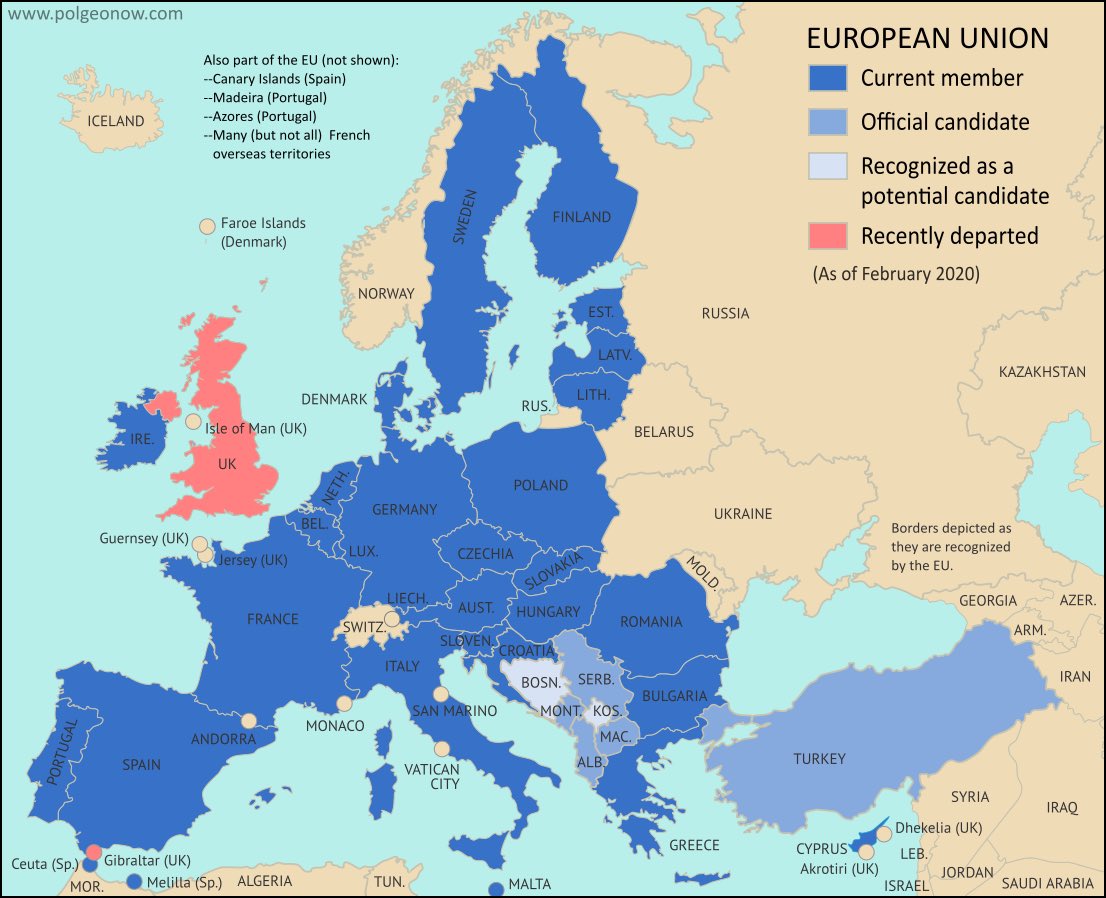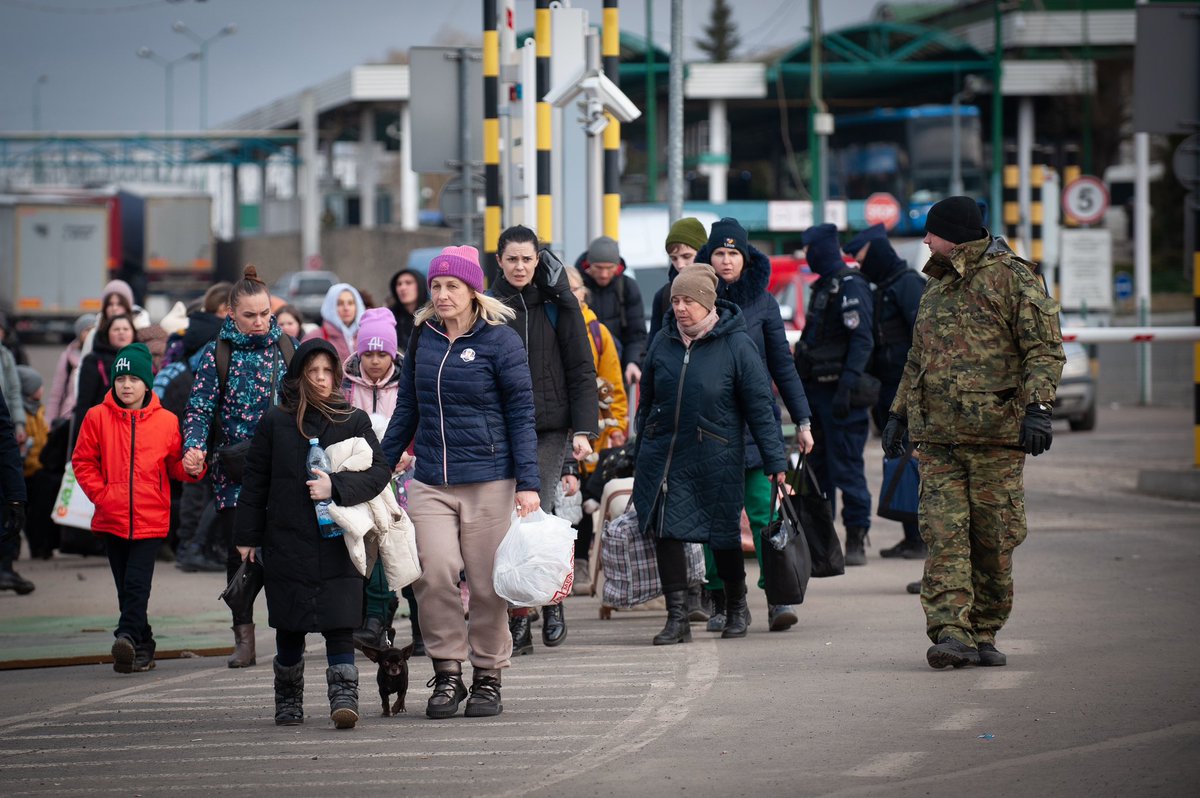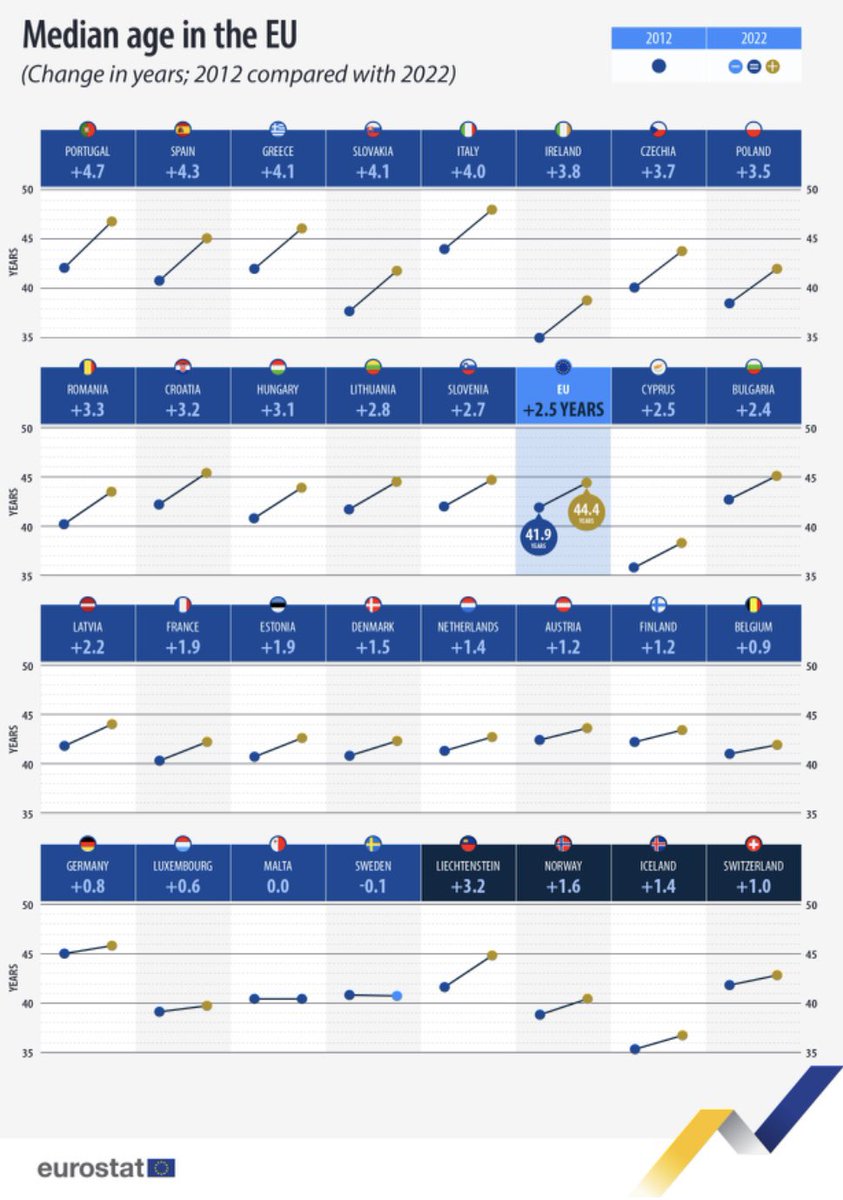
Taiwan became an ‘ageing society’ in 1993, an ‘aged society’ in 2018 and will become a ‘super-aged’ society in 2025. Share of the population aged 65 plus increased from 2.5% in the 1950s to 17.56% in 2021 & is set to rise to 20% in just two years from now. eastasiaforum.org/2023/03/04/tai…
Taiwanese fertility dropped like a rock since 2000. From 1.68 in 2000 to 1.24 in 2003 to 1.05 in 2008 to just 0.90 in 2010. The 2010 TFR prompted the Taiwanese government to introduce pronatalist measures in 2010+2012 which briefly lifted TFR to 1.17-1.18 range for a few years.
As you all know the fertility rebound quickly faltered and by 2020 TFR was back below 1.0. In 2021 it hit 0.98 and in 2022 it hit an all time low of just 0.87. 2023 got off to an inauspicious start with Jan-February births 7.44% lower than during the same point last year.
The Taiwanese authorities no doubt hope the next year of the dragon (in 2024) brings a surge in delayed births coming to fruition as the 2012 dragon year did(when TFR jumped from 1.07 in 2011 to 1.27 in 2012). They may get lucky and see TFR climb to the 1.18-1.2 range in 2024.
This will obviously not be enough to stem the demographic destruction. It seems highly unlikely at present that Taiwanese TFR will climb back above 1.3 in the medium term. If TFR ever does get back to the 1.3-1.5 range it will likely be for the extremely small post 2003 cohort.
• • •
Missing some Tweet in this thread? You can try to
force a refresh










